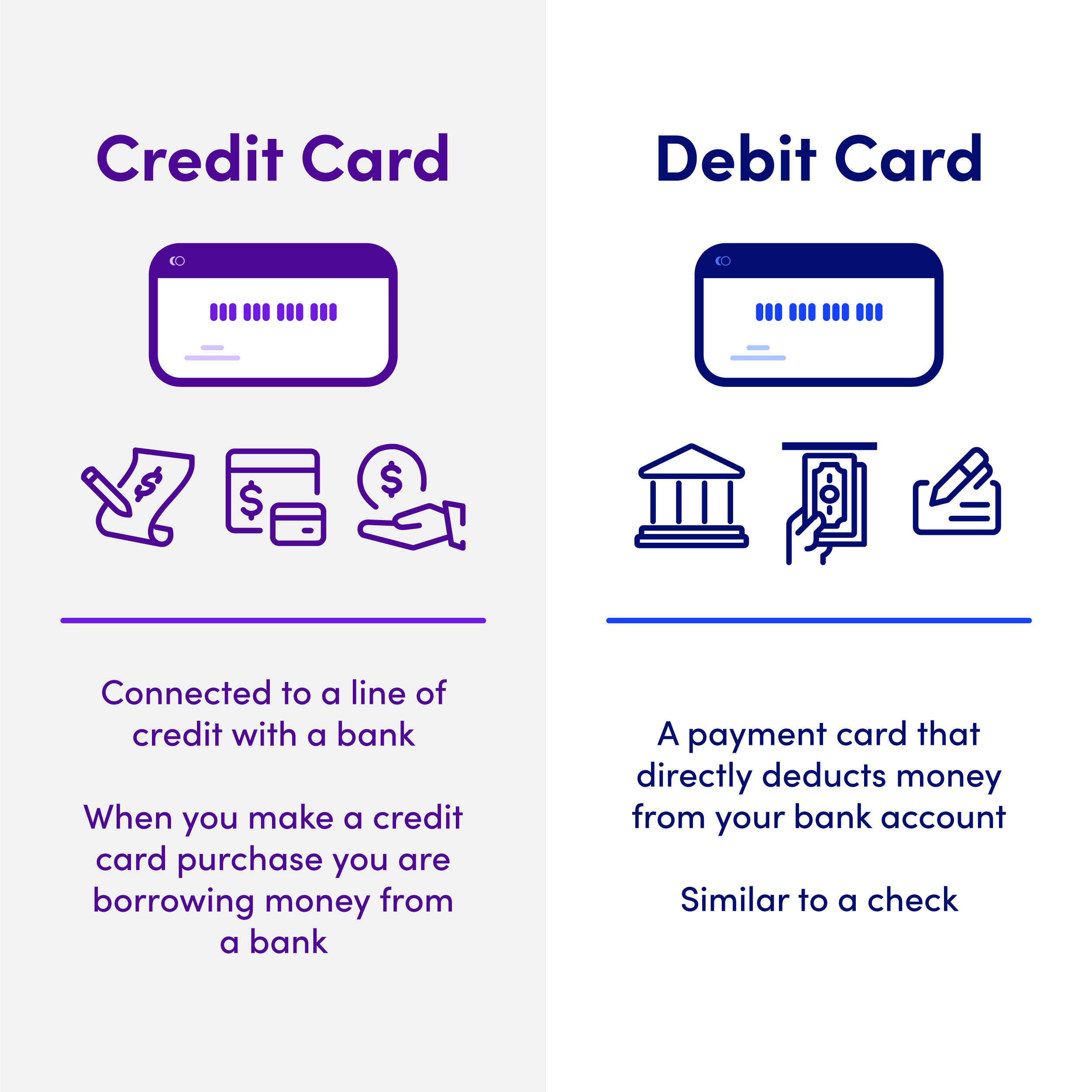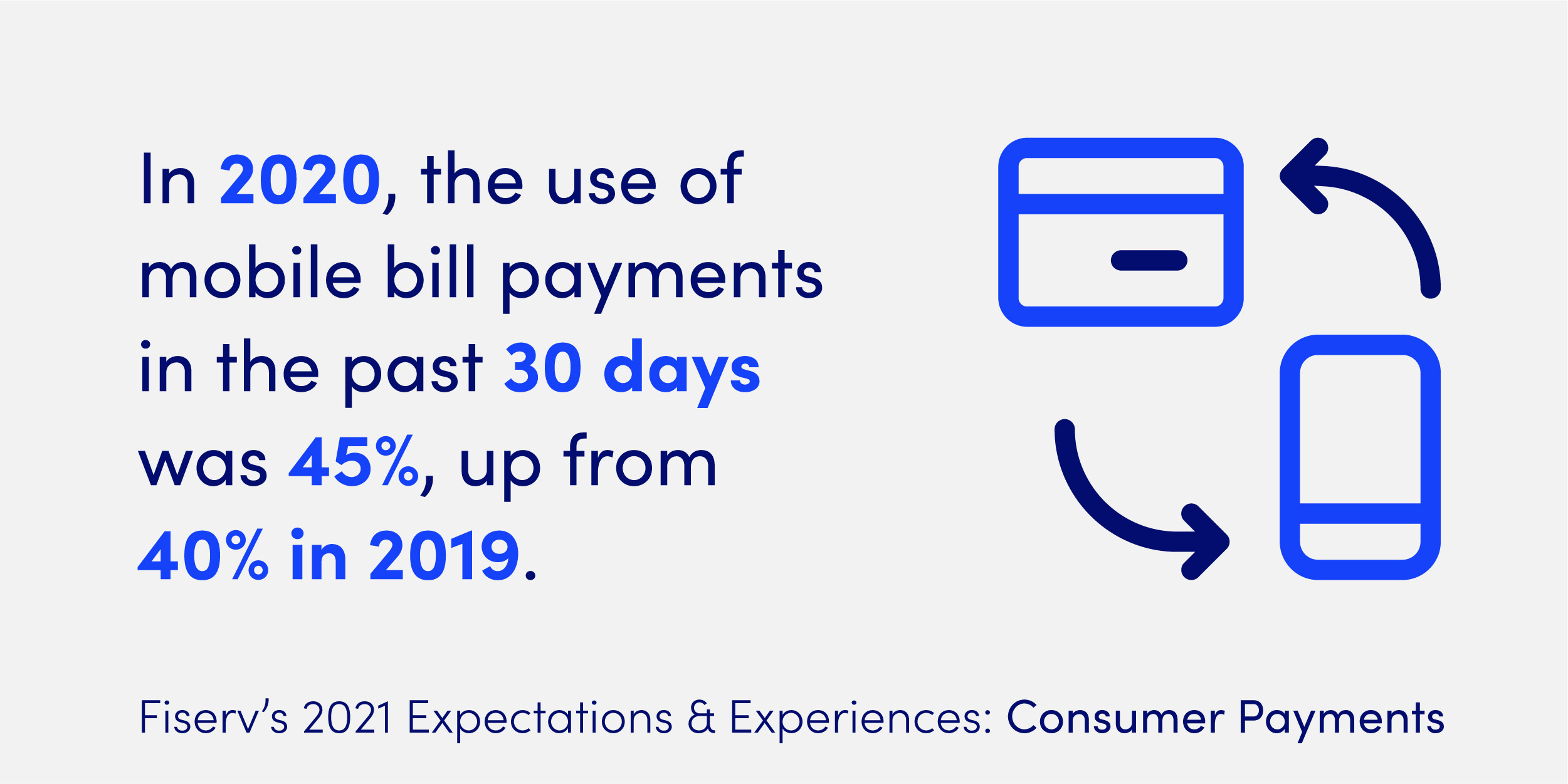Summary
While the most popular payment method is still debit, the gap between credit and debit is closing, and cash usage continues to decline. The pandemic accelerated this trend and others, including the rise of digital wallets, P2P payments and other new technologies.
The content on this page is accurate as of the posting date; however, some of our partner offers may have expired. Please review our list of best credit cards, or use our CardMatch™ tool to find cards matched to your needs.
Americans have their choice of payment methods for most purchases, including credit cards, debit cards, cash, checks and newer forms of electronic payments, such as mobile wallets and wearables. As new forms of payment become popular and events like the pandemic impact our way of life, our preferred methods of payment have been changing.
What method of payment is the most popular?
In a 2020 study called the Diary of Consumer Payment Choice, the Federal Reserve asked 1,537 consumers which payment forms they tended to use.1
Debit cards remained the most widely used – barely – with consumers making 28% of their payments with debit cards followed by 27% with credit cards. This was followed by 19% of payments made using cash. 1
The year 2020 saw consumers making fewer payments overall – a decline that the pandemic likely contributed to. Consumers averaged 34 payments in October 2020, down from 39 in October 2019.1
And when consumers spent money, they were more likely than in previous years to avoid doing so in person. In 2020, 72% of consumers reported making an in-person purchase during a three-day period, down from 91% who made an in-person payment over three days in 2019.1
Though consumers made fewer payments, they did not spend less money in 2020. The total value spent per month increased from year to year on average from $4,236 to $4,760.1
A 2018 survey, in which payment processor TSYS asked 1,222 consumers which payment form they prefer, found that preferred payment types varied by income. The TSYS survey found that people who earned more than $100,000 a year preferred credit cards, while those making less than $100,000 preferred debit or cash.2
See related: Consumer rights for credit and debit cards

Digital payments catching on
With people focused on minimizing contact with others during the pandemic, the usage of digital payments rose in 2020.
In the U.S., digital wallets accounted for 29.8% of e-commerce transactions, according to a report by technology solutions provider FIS. That’s up 23.7% from 2019. Globally, the report projected that digital wallets would make up 51.7% of e-commerce transactions by 2024.3
Another technology also got a boost during the pandemic, likely for similar reasons: contactless cards. Like using mobile wallets, you hover your card over the point-of-service machine to pay, with no need to touch anything.
Visa found that contactless usage in the U.S. grew 150% from March 2019 to March 2020. On top of that, the U.S. has 175 million contactless cards on the market.
American Express’s 2020 Digital Payments Survey found similar results. According to the report, 58% of consumers who have used contactless payment options said they are more likely to use them post-pandemic than pre-pandemic. On top of that, 50% said using contactless methods is safer for their health than paying with cash, or swiping or inserting a credit card.4
Consumers aren’t the only ones who are bullish on contactless payments. Eighty percent of merchants said contactless methods help keep the checkout area of their stores cleaner and safer. Also, 80% of merchants said they have encouraged their customers to pay with contactless methods. This trend is likely to stay, as 81% of merchants who currently support contactless payments or plan to support them in the future say they will make contactless payments a permanent option for customers.5
Customer service concerns change purchase behavior
Even though many consumers have turned to the Internet for convenience, they still want their shopping experience to be as seamless as possible.
The 2019 American Express Digital Payments Survey shows that 85% of consumers surveyed have abandoned an online purchase because the shopping experience was not easy. Merchants also reported 37% of online sales transactions were abandoned in 2019, up from 31% in 2018.6
Person to person (P2P) electronic payment trends
Online bill payment provider Fiserve found in its 2021 Expectations & Experiences: Consumer Payments report that P2P mobile payments are becoming mainstream. In fact, 79% of consumers said they’ve made P2P payments either through their financial organization or another company. However, there is room for growth, as 47% of consumers said they don’t know if their financial institution offers the ability to make P2P payments.
One-third of consumers – 33% — said definitively that their financial institution offered a P2P service. However, younger consumers were more knowledgeable about P2P options, as 50% of Gen Z respondents and 45% of millennials said their financial institution offered such a service.7
The use of P2P payments is only projected to grow. EMarketer projects that P2P transactions will reach $612.23 billion in 2023, up from $219.60 billion in 2018.8
See related: How to send and receive money using Cash App
Cash payments still sticking around
Early predictions of a quick move to a cashless society have proved premature, but the pandemic appears to have cut down on cash’s usage. According to the Federal Reserve’s Diary of Consumer Payment Choice Study, the percentage of cash payments in 2020 dropped 7 percentage points from 2019.1
In 2020, the use of cash declined among consumers of all ages. However, those 65 and older used it the most with 26% using cash, followed by 23% of those 55-64, 20% of those 18-24, 17% of those 45-54, 16% of those 35-44 and 11% of those 25-34.1
Interestingly, consumers made fewer cash transactions, but they were more likely to have more cash on hand in 2020 than in previous years – possibly as a way to guard against the uncertainty of the pandemic. For example, the 18-24 year age group has typically been the group that carried around the least amount of cash. In 2020, the amount of cash they held in pocket increased from $33 to $60.1
How payment methods affect our spending
The way we pay for purchases is not just an issue of safety or convenience. It can also impact our ability to stay on budget. A number of research studies suggest that we spend more when we use some payment instruments than when using others.
You’re likely to spend less using payment methods that take your money immediately, such as cash or debit, than you are with methods, such as credit cards, where there is a delay before funds leave your bank account. This is according to a study published in the Journal of Consumer Research.9
Another research study published in the Journal of Experimental Psychology: Applied found that consumers spend more when their payment instrument has a credit card logo than when it is without one.10
But credit cards don’t just influence how much we spend; they may also have an impact on what we buy. A study published in the Journal of Consumer Research found that consumers were more likely to make unhealthy food purchases using credit cards than using cash. Perhaps because consumers tend to view credit card purchases as more painless, as the money isn’t due immediately, there is less of an incentive to leave the unhealthy treats at the store.11
How consumers are paying their bills
When you think of a “preferred payment method,” you might only consider retail purchases, both in-store and online.
But consumers must also select a method of payment when paying bills.
Online bill payment provider Fiserv’s “2021 Expectations & Experiences: Consumer Payments” report found that a majority of consumers want to have multiple payment options when paying bills.8
Among respondents, 84% say having the option to pay by credit card is a must-have or nice to have, followed by 79% who said paying by debit card was a must-have or nice to have.8
Mobile bill payment is also up, as usage of mobile bill payment methods in the past 30 days was 45% in 2020, up from 40% in 2019.8
Young consumers showed an affinity for using digital wallets to pay their bills in 2020, with 50% of Generation Z using digital wallets to pay bills in the last 30 days and 51% of millennials doing so.8

Bottom line
Payment methods have evolved over time as new options become available and consumers feel comfortable with novel ways to do things. However, in 2020, the pandemic’s far reach impacted the way consumers made payments and how often they did so. As the world gradually embraces a new normal, it remains to be seen whether these changes are permanent.
Sources
- Federal Reserve’s 2021 Findings from the Diary of Consumer Payment Choice
- TSYS 2018 U.S. Consumer Payment Study
- WorldPay from FIS: The Global Payments Report 2021
- American Express 2020 Digital Payments Survey
- 2020 American Express Digital Payments Trendex Survey
- American Express 2019 Digital Payments Survey
- Fiserv’s 2021 Expectations & Experiences: Consumer Payments
- “Strong growth from Venmo and Zelle drives P2P transaction volume,” eMarketer, November 2019
- Journal of Consumer Research: Effects of payment mechanism on spending behavior
- Journal of Experimental Psychology: Applied: Monopoly money: The effect of payment coupling and form on spending behavior
- Journal of Consumer Research: How credit card payments increase unhealthy food choices: Visceral regulation of vices
Editorial Disclaimer
The editorial content on this page is based solely on the objective assessment of our writers and is not driven by advertising dollars. It has not been provided or commissioned by the credit card issuers. However, we may receive compensation when you click on links to products from our partners.






